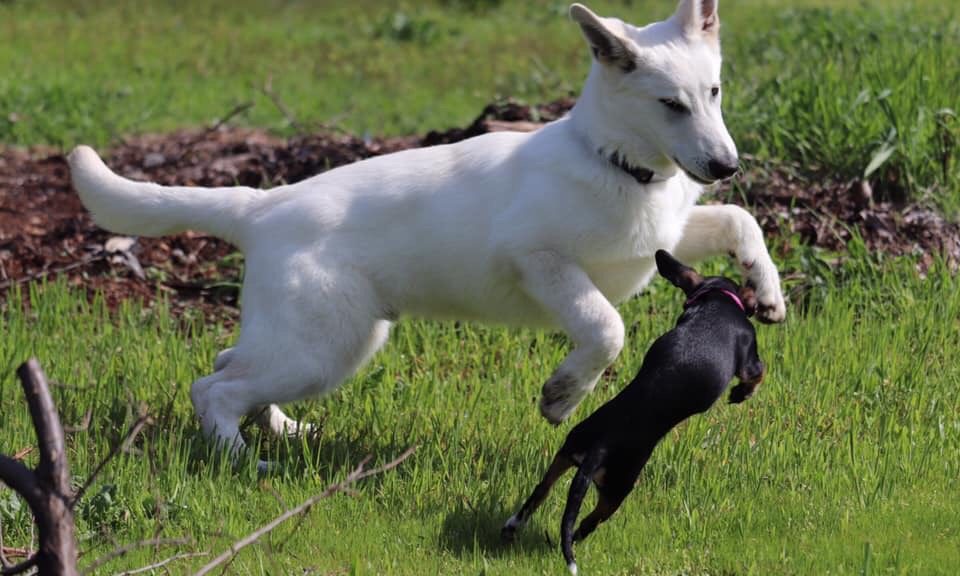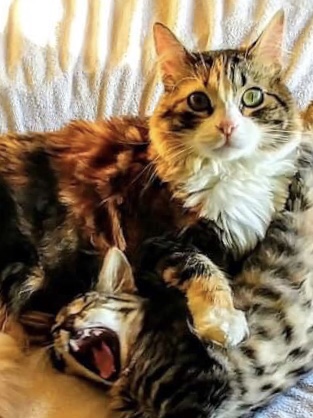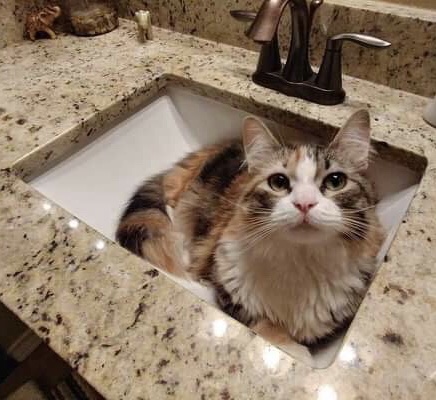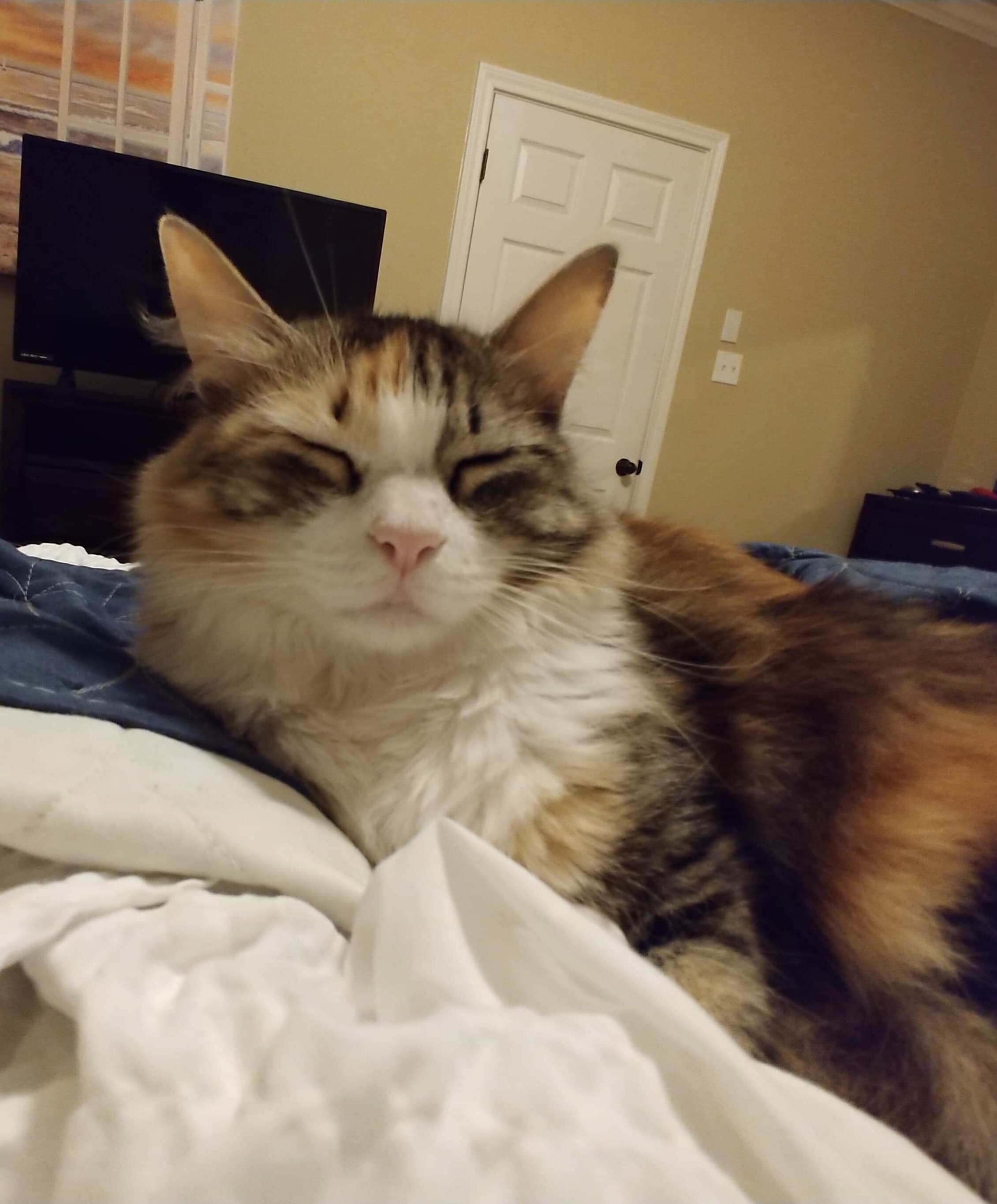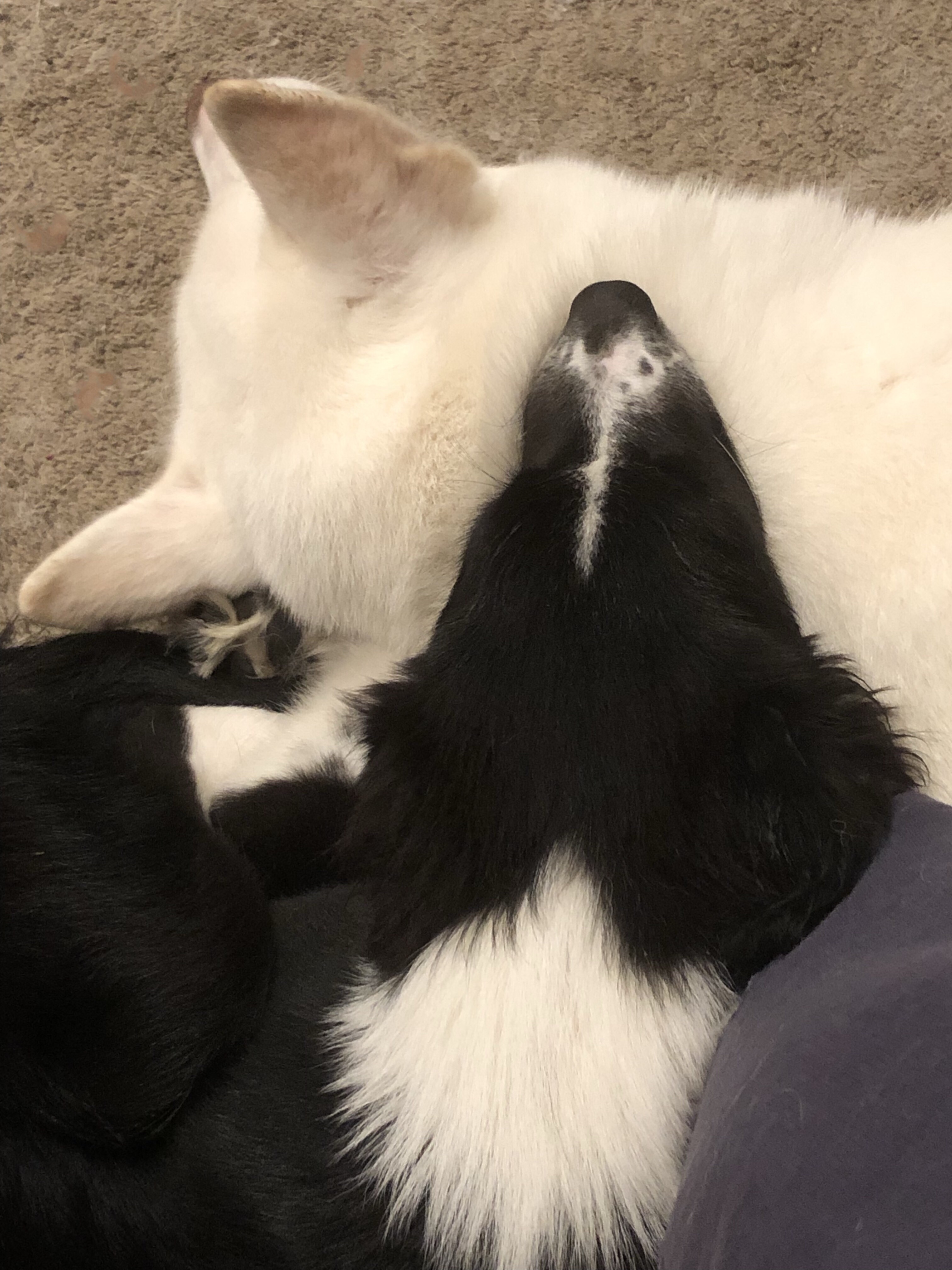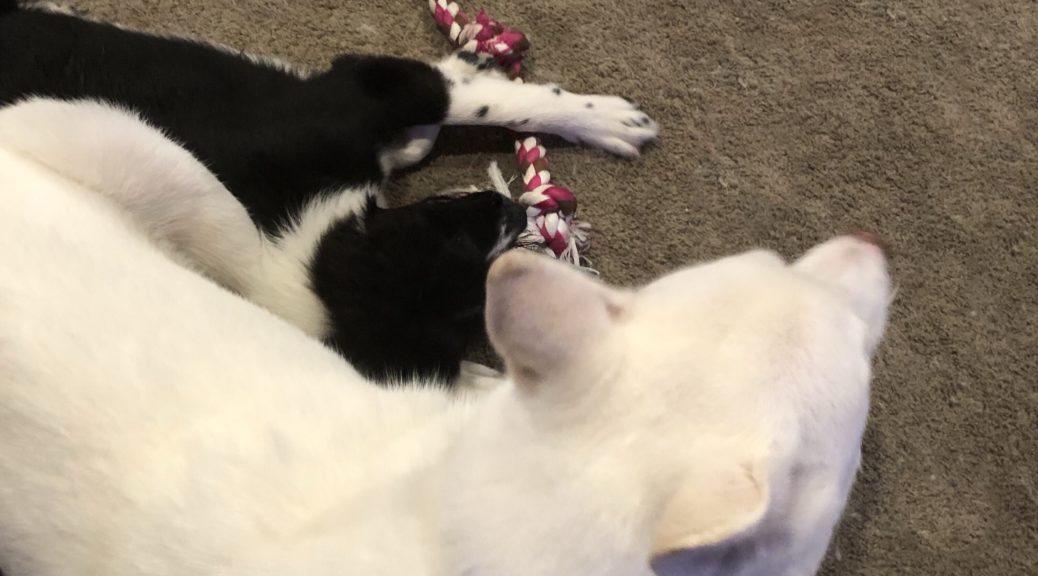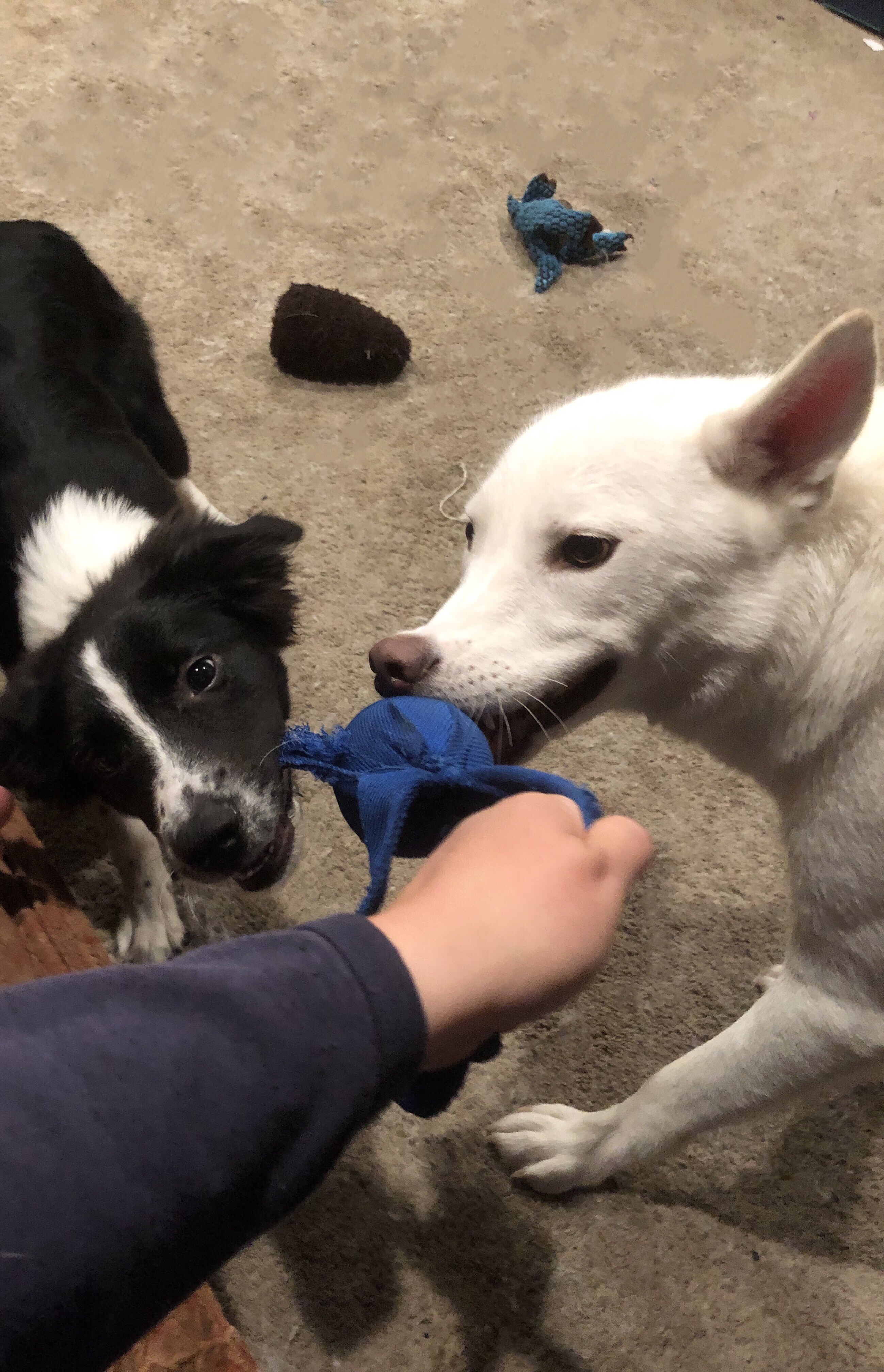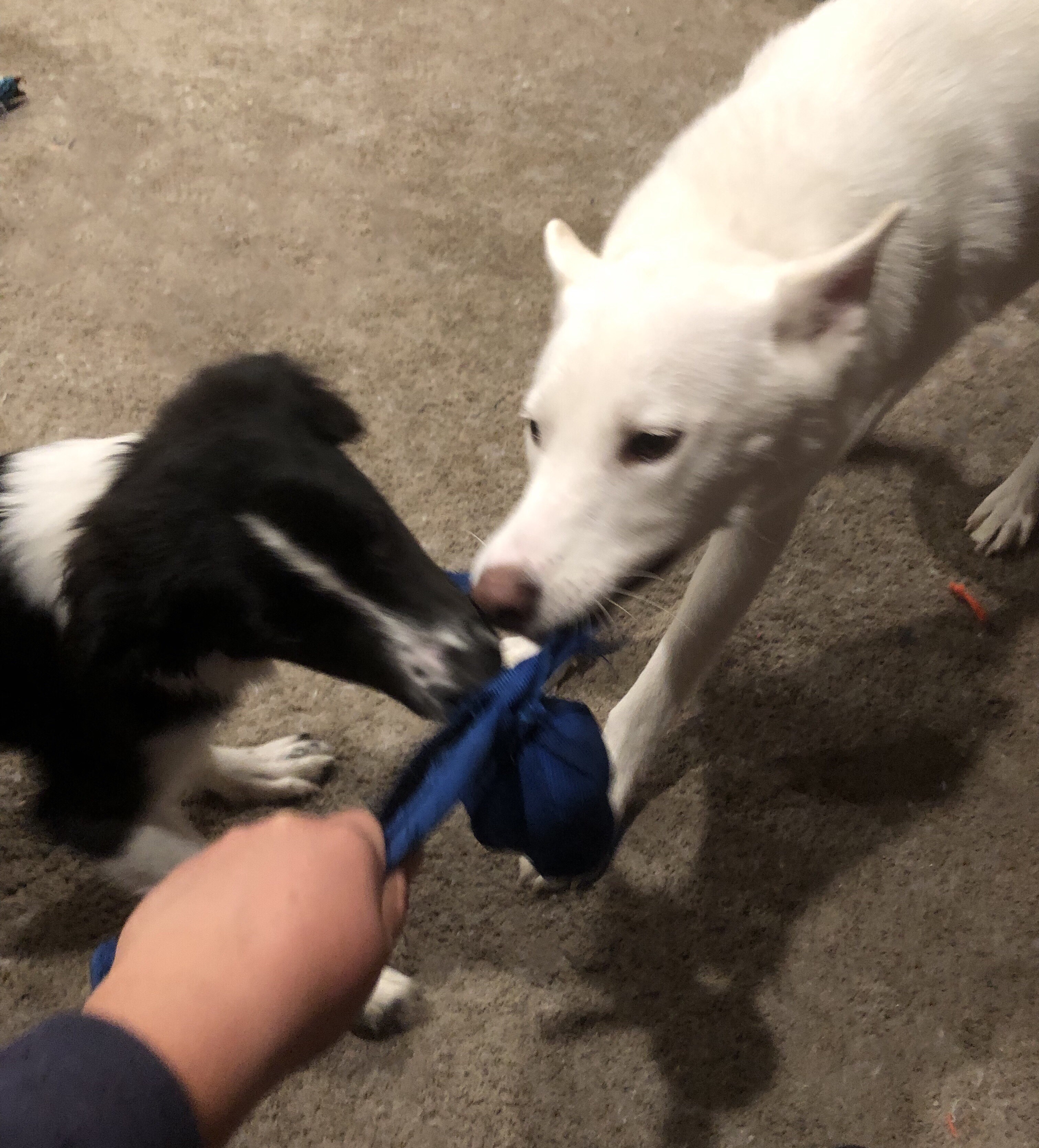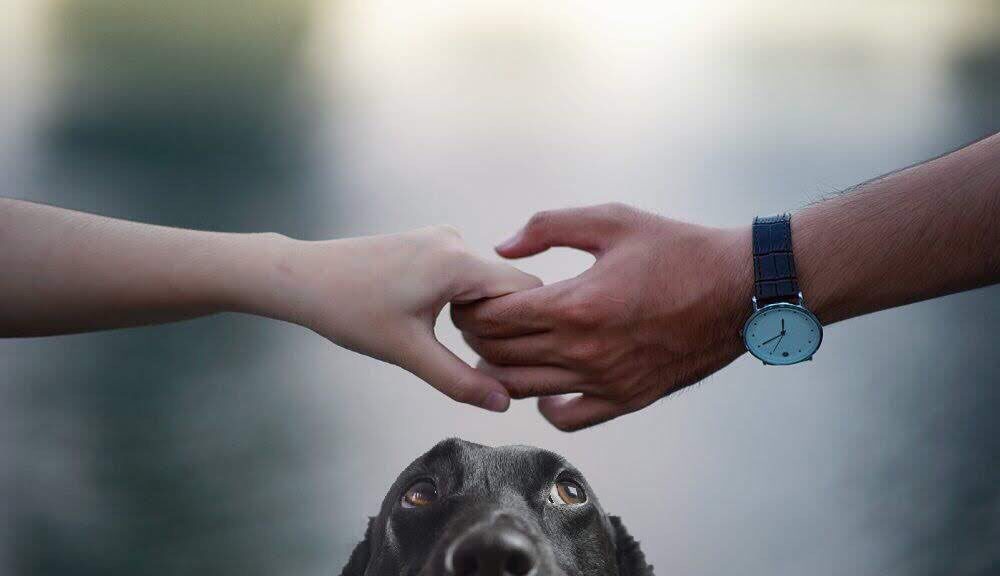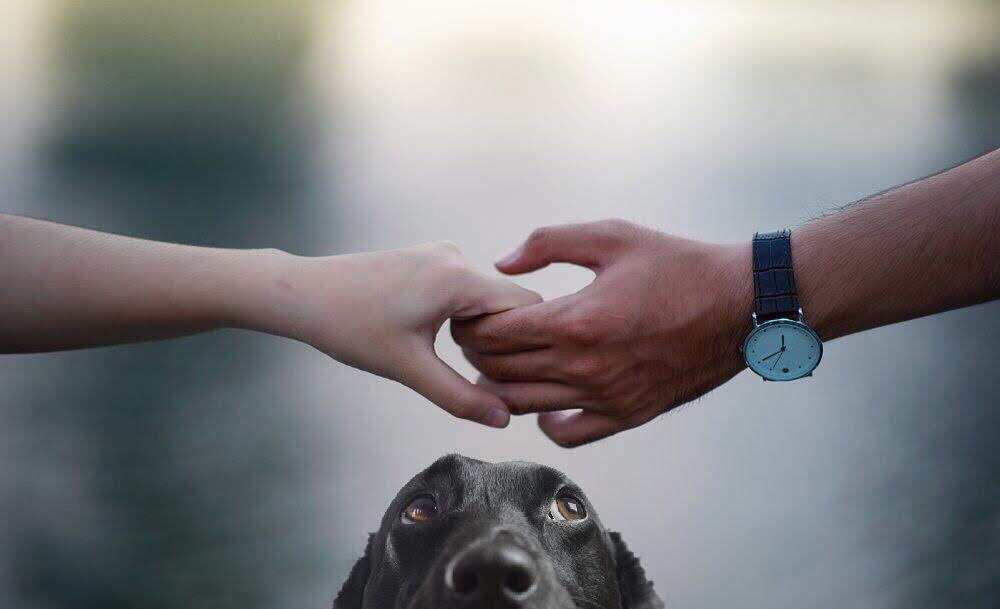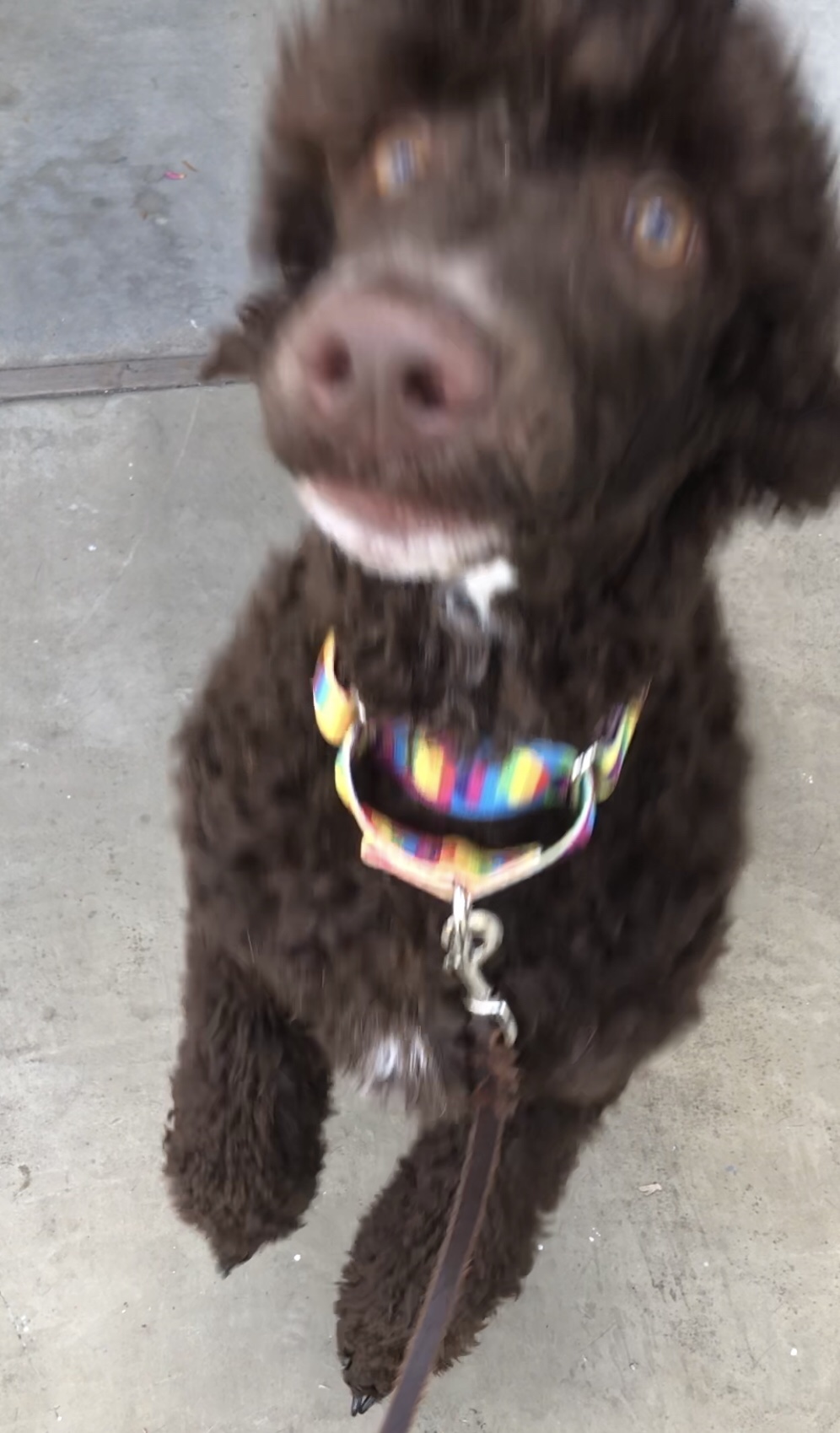
Is this a familiar sight? That blur coming right for your face, at full speed? It can happen anytime. Going out for a walk, coming in the front door, even walking back into the room after being in another for 5 minutes. Maybe you don’t get this view often, but all of your guests do?
Jumping is one of the most common problems of all dog families. Especially with younger dog members. They love to jump! But why?
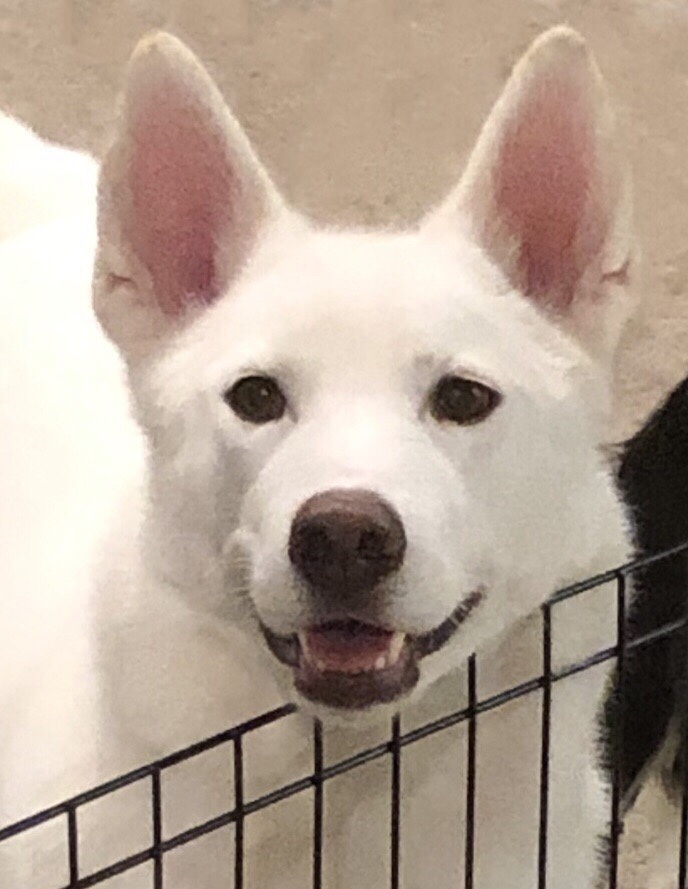
Firstly, let’s look at the structure of the dog’s face. (And what a cute face that is!) Eyes together facing forward, their nose is under/between their eyes, and their mouth is under their nose. Ears are on the sides/top of the head.
Now, what’s the structure of our face? Eyes together facing forward, our nose is under/between our eyes, and our mouth is under our nose. Ears are on the sides/top of the head. Kind of the same huh?
Dogs communicate through body language and a little bit through scent. They observe us a LOT as young puppies to learn how to read us, our facial expressions, and what we smell like throughout the day.
One of the first things that packs do with one another, is run up to members who may have gone off for a bit and sniff their mouths. This is a survival instinct that’s formed at birth. “If you smell like you’ve eaten something, that means I get to eat too!” The young puppy thinks – and it never goes away. Food = Survival.
Other than our faces, we look like upright-walking, naked dogs. Except our furry canine companions treat us as family and see us as their pack – so naturally they want to do the same thing instinct tells them to. Explore that face! They are able to read if you’re ok, came back safe, if you’ve run into any other naked upright walking dogs, and what you’ve consumed all day. They want the interaction and closeness, and the only way to achieve that, is to jump up at you.
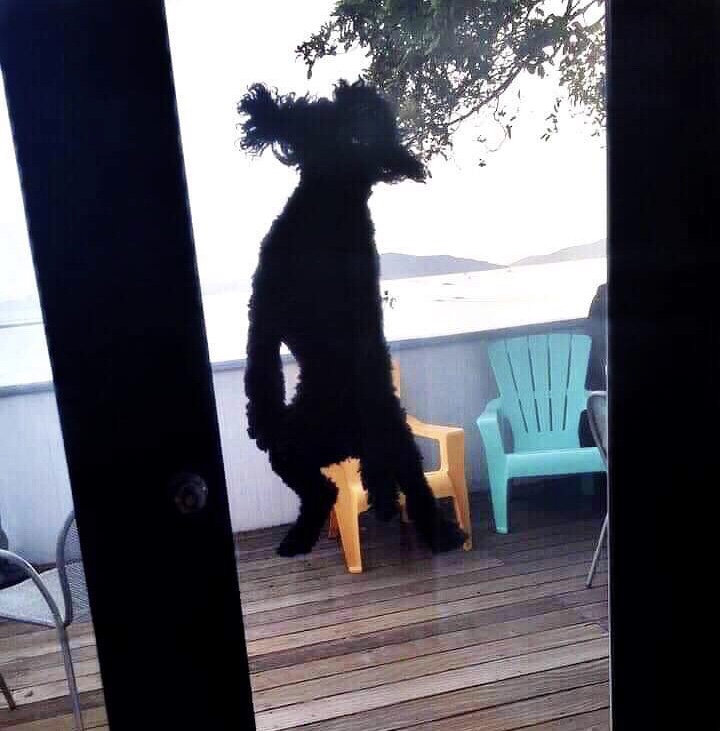
When they’re tiny, we tend to accidentally encourage the jumping. Because five pound Fido looks so cute with his ears flopping all over the place, tail going a million miles a second! So we squeal and coo and pick them up and cuddle them and tell them how much we missed them too! So then our domestic dogs learn that jumping up means love and safety and fun!
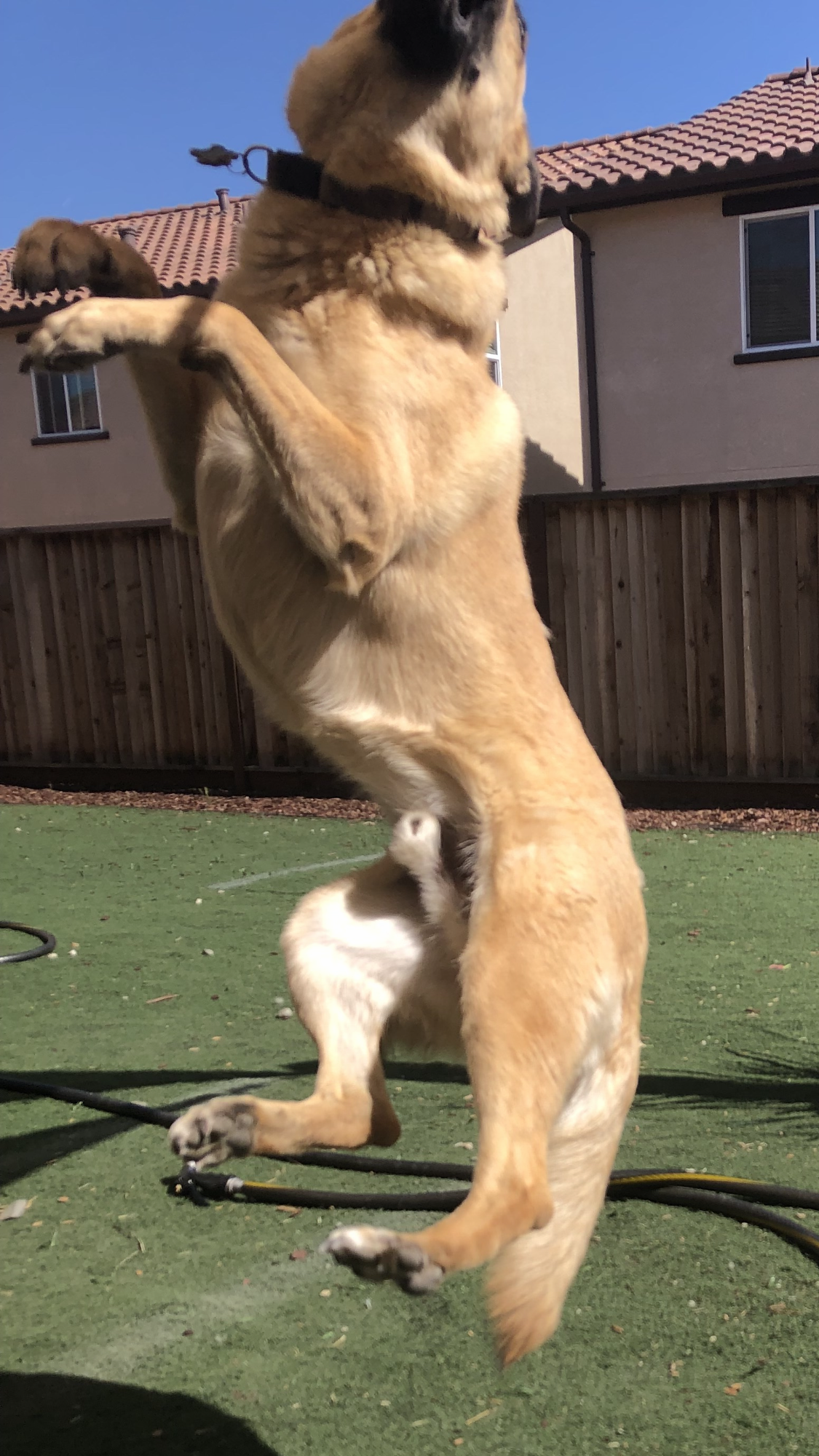
Some breeds are more likely to jump than others of course! And if your pup shows a lot of interest in jumping, there are so many things to do with them to hone that skill!
But, how do we STOP it? Yes, some dogs love to jump up more for fun than communication, and others have just built a very naughty habit of doing so.
One – walk towards them. In fact, march towards them! While saying “off!” When puppies are little they don’t want to get stepped on (we’ve all done it, don’t feel bad! How else can they learn to steer clear?), so when you march at them you’re making a big point that your body is moving THIS way, and they better watch out! As they bounce out of the way, do tell them how wonderful they are.
Two – If you’ve got your treat bag handy, grab a handful as you’re walking in the front door. Jumpin Jasper darts towards you, just before he can make it – it rains treats on the ground all around him, in between the both of you. Tell him to find them all! And suddenly you’ve distracted your pooch from pouncing!
Three – Teaching a very strong Wait or Sit Stay of course can always help. Giving them something else to think of before they get the satisfaction of making contact with your legs or stomach or privates even!
When they’re little and bouncing around and trying to get your attention, don’t give it until they’ve stopped jumping! Then they’ll see that patience gives them that needed contact & interaction.
Having guests stop by? Putting Lady on a leash will help control the situation, tell your guests to ignore her until she stops hopping around. As soon as she sits and waits, she suddenly appears and gets recognized by the newcomers! (The treat rain can help with guests too!)
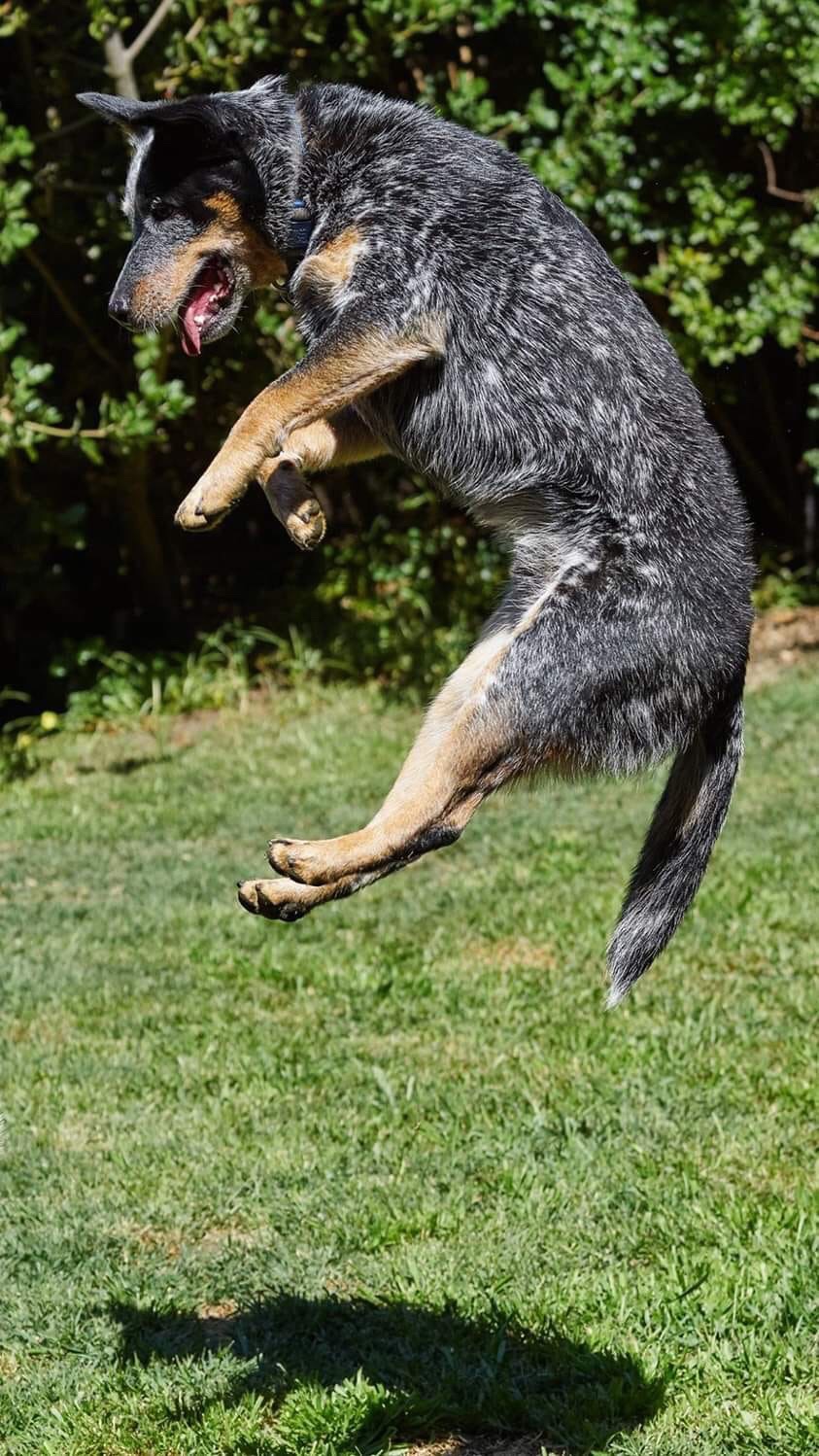
So what if you’ve got a very agile jumper? You want to do something with it and get involved in doggy sports?
Several breeds are famous for their jumping skills. Malinois are probably some of the best jumpers I’ve seen, scaling walls and climbing ladders. We have one in the family (pictured above) and I’ve watched him hop 4 foot fences like they’re ankle high. Australian Cattle Dogs, Australian Shepherds, Border Collies, Shelties, Dalmatians, the list goes on. If they’ve got the build and stamina for it, why not channel it?
Some great sports to do with your jumpers: Agility, fly ball, frisbee or disc dog, and dock jumping for the water lovers. Whatever you decide to do – be sure you introduce slowly and always make it fun!

